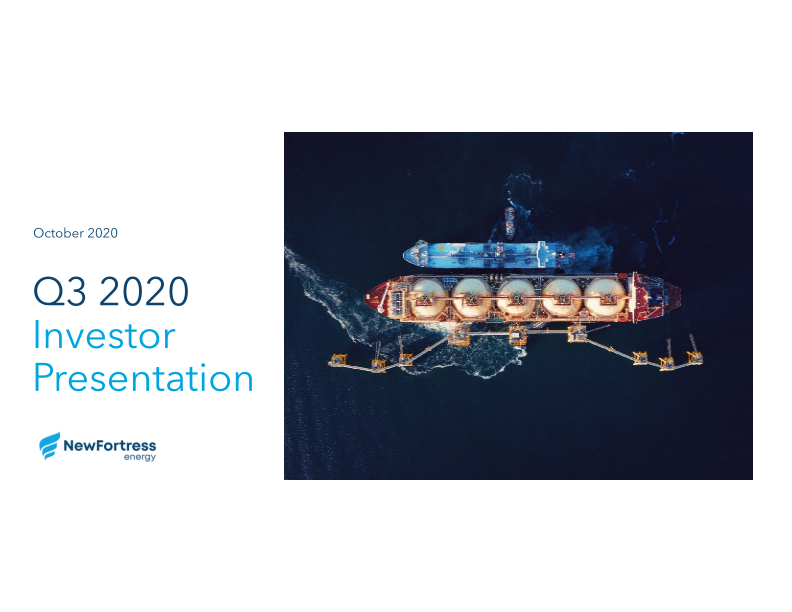Man-made Disaster and Global Nuclear Energy Development
Made public by
Mycle Schneider Consulting
sourced by PitchSend
Creator
Mycle Schneider Consulting
Category
Energy
Published
September 4th, 2007
Slides
Transcriptions
Download to PowerPoint
Download presentation as an editable powerpoint.
Related






















